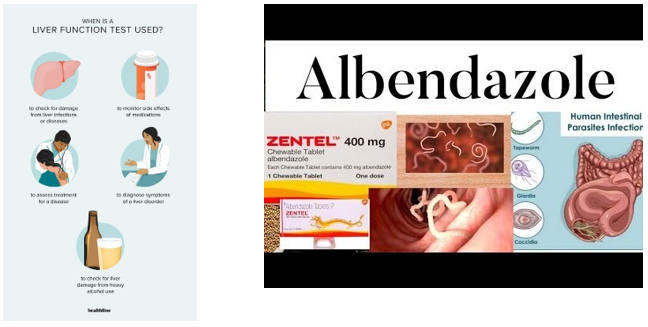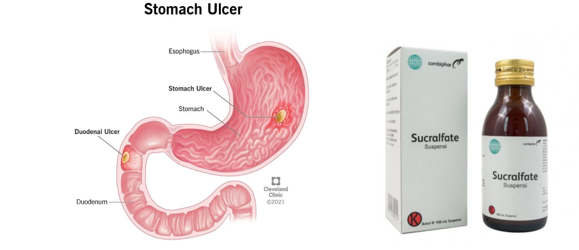The home health nurse observes a client self-administering an epinephrine injection using an auto-injector pen.
Which client action requires intervention by the nurse?
Administers onto the fleshy outer thigh.
Inserts the injection pen through clothing.
Cleanses the injection pen for re-use.
Cleans the injector pen for re-use.
The Correct Answer is C
A. Administers onto the fleshy outer thigh: This is the recommended site for epinephrine auto-injection because it allows for quick absorption into the bloodstream. The outer thigh is a large muscle area, which helps in the rapid distribution of the medication.
B. Inserts the injection pen through clothing: It is generally acceptable to inject epinephrine through clothing in an emergency situation. This practice ensures that there is no delay in administering the life-saving medication, which is crucial during an anaphylactic reaction.
C. Cleanses the injection pen for re-use: Epinephrine auto-injectors are designed for single use only. Reusing the pen can lead to contamination and reduced effectiveness of the medication. It is important to dispose of the used injector properly and obtain a new one for future use.
D. Holds the pen in place after injection: Holding the pen in place for a few seconds after injection ensures that the full dose of medication is delivered. This practice helps in maximizing the effectiveness of the treatment during an anaphylactic emergency.
Nursing Test Bank
Naxlex Comprehensive Predictor Exams
Related Questions
Correct Answer is D
Explanation
The client's symptoms suggest liver dysfunction, which is a known adverse effect of albendazole. Albendazole is primarily metabolized in the liver, and its use can cause liver damage in some cases. Therefore, it is essential to review liver function test results to assess the severity of liver damage and to determine if the medication should be discontinued or the dosage should be adjusted.
The renal function panel (a) measures the levels of various substances, such as creatinine and blood urea nitrogen, in the blood to assess kidney function.
The thyroid function test (b) evaluates the levels of thyroid hormones in the blood to diagnose thyroid disorders.
The basic metabolic panel (c) includes several tests that assess the levels of electrolytes, glucose, and other substances in the blood to evaluate metabolic function. However, these lab tests are not directly related to the symptoms and adverse effects associated with albendazole use

Correct Answer is D
Explanation
Sucralfate is a medication used to treat and prevent the return of duodenal ulcers. It is important to take sucralfate on an empty stomach, either 1 hour before meals or 2 hours after meals. This allows the medication to work effectively by sticking to damaged ulcer tissue and protecting against acid and enzymes so healing can occur.

Whether you are a student looking to ace your exams or a practicing nurse seeking to enhance your expertise , our nursing education contents will empower you with the confidence and competence to make a difference in the lives of patients and become a respected leader in the healthcare field.
Visit Naxlex, invest in your future and unlock endless possibilities with our unparalleled nursing education contents today
Report Wrong Answer on the Current Question
Do you disagree with the answer? If yes, what is your expected answer? Explain.
Kindly be descriptive with the issue you are facing.
